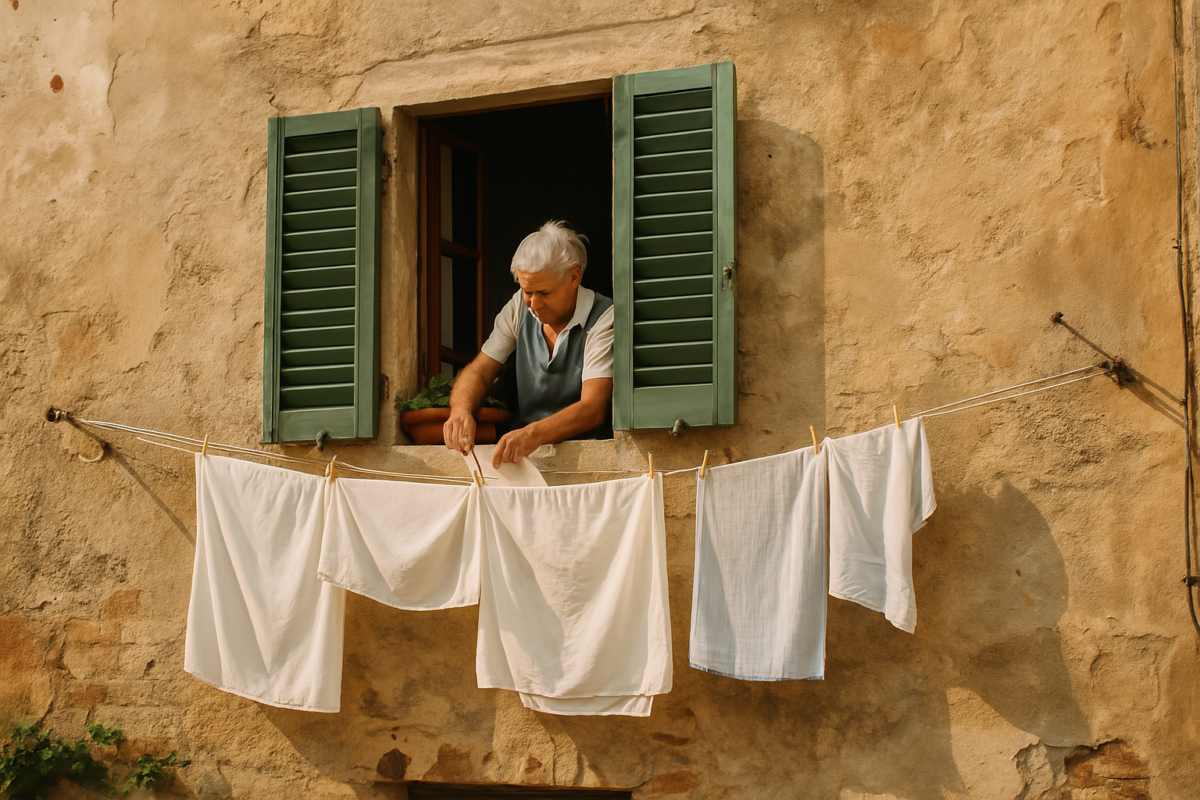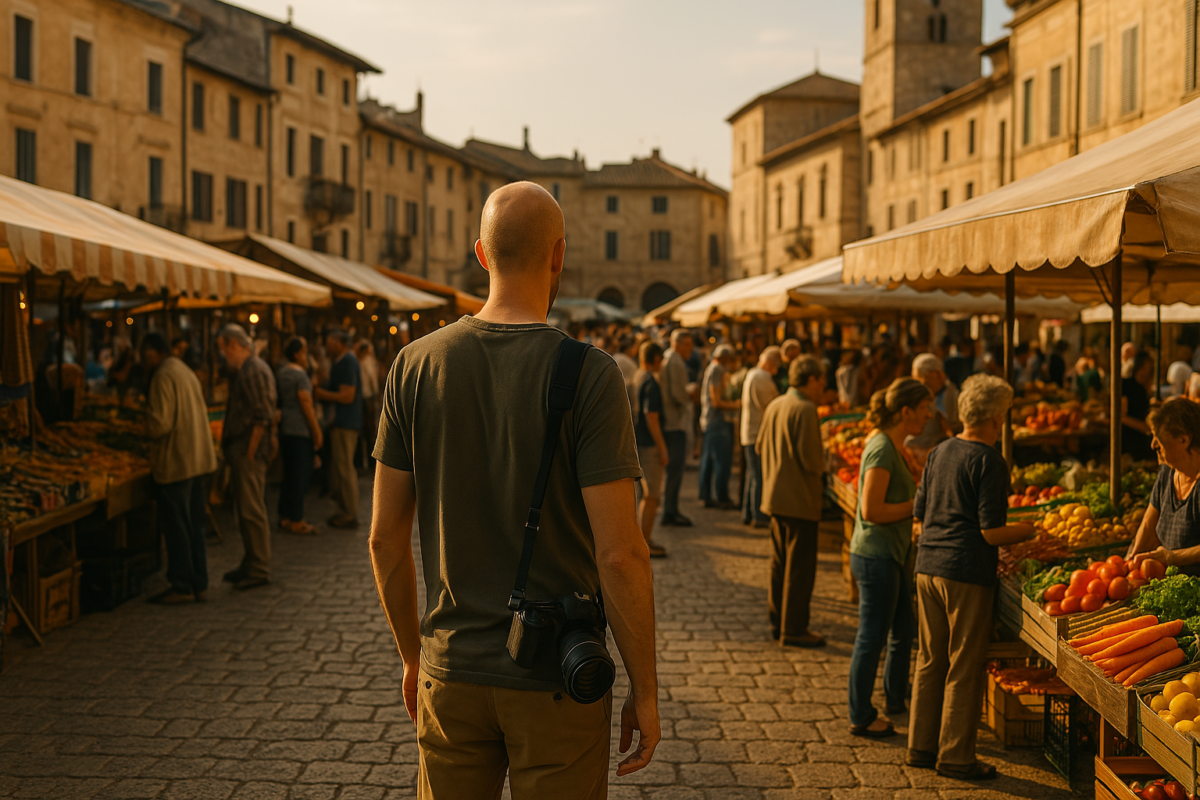Travel photography isn’t just about taking pictures. It’s a way to tell stories that show the heart of a place and the people who live there. I’ve learned that to capture authentic cultural moments, you need more than camera skills. You need to stay open, pay attention, and approach each scene with respect.
What I’ve learned comes from years of travel, trying different approaches, making mistakes, and learning from people along the way. These tips come from that experience. My hope is that they help you take photographs that reflect the world as it is—honest, thoughtful, and human.
Start with Cultural Sensitivity
Before I go anywhere, I make it a point to learn about the culture I’m about to visit. I dive into the customs, traditions, social norms, and even the local history. This research helps me avoid unintentional disrespect and gives me a deeper appreciation for the experiences I’m witnessing. Whether it’s understanding a religious ritual or the significance of traditional clothing, I always aim to honor what I see through my lens. It not only makes my photography more respectful, but it also makes it more informed and insightful.
Always Ask for Permission
If I want to photograph someone, I ask. It’s that simple. A smile, a gesture, or a few local words can go a long way. Getting permission not only shows respect—it often opens the door to real connection. Some of my favorite portraits have come after a shared laugh or brief conversation. In some instances, asking permission has led to longer conversations, shared meals, or even invitations to private or ceremonial events that I never would have experienced otherwise. These human moments make the photo mean that much more.
Respect Private and Sacred Spaces
I’ve found that some of the most captivating places are also the most sacred. When I come across a private home, temple, or ceremony, I take a moment to pause and observe. If there’s any doubt, I ask or simply put the camera down. Being welcomed into someone’s world is a privilege, not a right. There are moments that simply aren’t meant to be captured, and that’s okay. The memory, the experience, and the connection are often enough. Sometimes, not taking the photo says more about respect than any image ever could.
Capture the Real, Not the Expected

It’s easy to fall into the trap of photographing what we think represents a culture—the posed performances, the tourist-approved scenes—but the most powerful images often come from the quiet, everyday moments. A grandmother preparing a family meal. Children playing in the street. A merchant arranging their goods. I try to focus on the human moments that feel honest and unscripted. It’s in these simple slices of life that the spirit of a place often reveals itself.
Connect Before You Click
Engaging with locals has been one of the most rewarding parts of my photography. When I take time to talk, listen, and learn, the images that follow are filled with life and meaning. People are more comfortable and natural when they know I’m genuinely interested in their story. Asking questions, showing interest, and letting someone know that their story matters turns a photo into a collaboration, not an extraction. Sometimes, these connections last far beyond the moment I press the shutter.
Gear That Works for You
I don’t believe you need the fanciest camera to take a meaningful photo. I use whatever gear I feel confident with—sometimes my mirrorless camera, other times just my phone. The key is knowing how to use what you have. I usually carry a versatile lens, a lightweight tripod, and spare batteries. If I’m out shooting in the early morning or late evening, natural light becomes my best friend. I also keep a microfiber cloth, an extra SD card, and a basic polarizing filter handy for outdoor shoots.
More than anything, I’ve learned to make peace with the fact that I can’t carry everything. Traveling light not only makes me more mobile, but it also helps me stay present and spontaneous, which is essential when you’re trying to authentically engage with your environment and the people in it. Minimal gear allows me to focus less on equipment and more on connection and observation—two things that are crucial for capturing culturally sensitive and meaningful photographs. I pack light and smart so I can adapt quickly to unexpected moments. After all, it’s not the camera that makes the photo—it’s your perspective.
Shoot with Patience and Purpose
Before I press the shutter, I try to pause and observe. Watching the rhythm of a place helps me anticipate the moments I want to capture. I look for light, composition, and emotion. The best shots often come when I’m quietly immersed in the moment, not rushing through it. Slowing down not only improves my photography, but also deepens my overall experience as a traveler.
When I shoot with intention, every frame has purpose. I’m not just taking photos to fill a memory card—I’m creating something meaningful that tells a story worth sharing.
Edit to Enhance, Not to Alter
When I edit my photos, I aim to enhance the natural feel of the moment. For example, I might bring out the warm tones of sunset light to highlight the peaceful mood of an evening market scene or gently brighten a shadowed face to reveal an expressive smile. These subtle edits help emphasize the emotion or atmosphere I experienced without changing the integrity of the moment. I might adjust exposure or contrast, but I avoid heavy filters that distort reality. Keeping skin tones natural and preserving the environment’s true colors helps maintain the authenticity of the scene. I want people to feel like they’re seeing what I saw, not a stylized version of it.
I always ask myself: Does this edit help tell the story, or does it distract from it? If the answer is the latter, I tone it back. My goal is to honor the moment, not manipulate it.
Share Stories with Heart
When I share my images, I try to offer context. A little background about the place or person can go a long way in helping others understand and appreciate the culture behind the image. For me, photography isn’t just about aesthetics—it’s about honoring stories. It’s a way of amplifying voices, traditions, and lives that might otherwise go unnoticed.
Sometimes I share these stories through blog posts or social media captions, depending on the story I want to tell and the audience I hope to reach. Blog posts allow for longer, more reflective narratives with multiple images, while platforms like Instagram or Facebook are great for sharing single moments with quick, impactful commentary. Choosing the right platform helps me shape how the story is experienced. Other times, I create photo essays or visual journals that highlight an experience or community. However I choose to share, I try to do so with care, gratitude, and a sense of responsibility.
Capturing cultural moments has changed the way I see the world. It’s taught me to slow down, pay attention, and lead with curiosity. It’s reminded me that the world is full of nuance, wonder, and people with incredible stories to tell. Photography has become my passport to connection, my excuse to listen more deeply, and my way of giving something back.
So if you’re setting off on a new adventure with a camera in hand, I hope these reflections guide you. Tell the stories you witness with honesty, and let your images be a tribute to the beauty of human connection. Remember, it’s not just about what you see, but how you see it.

